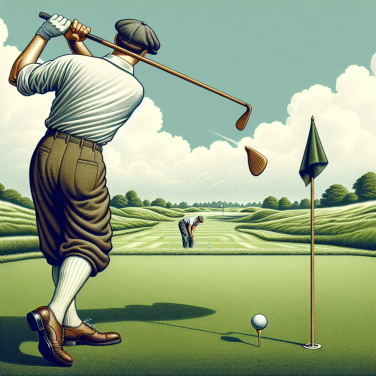Key Influences and Moments in the Birth and Growth of Soccer
Soccer, also known as football in most parts of the world, is often considered the world’s most popular sport. To trace the roots of soccer, it is important to delve into not just the key influences but also the definitive events that played a crucial part in the birth and growth of this illustrious sport.
Historically, forms of football existed in a number of ancient civilizations including China, Greece, and Rome. However, the modern game of soccer is traced back to England in the mid-19th century. The British are credited with codifying and standardizing the rules that formalized the sport. Different rules existed from town to town until 1863, when the English Football Association was established to standardize the rules, marking a fundamental moment in the growth of soccer.
A key influence in the spread of soccer was the British Empire. As the largest empire in history, Britain had extensive influence around the world, including in areas where soccer is now extremely popular such as Africa, South America, and Asia. British merchants, soldiers, and sailors exported the game along with their goods or as part of their leisure activities, playing games with locals. The working-class citizens of these nations, who often encountered the game through these interactions, adopted it enthusiastically. As such, soccer began to spread beyond the shores of England where it was born.
The creation of FIFA in 1904, the international governing body for soccer, was another watershed moment in the birth and growth of the sport. With a mission to oversee international competition, FIFA began to organize international matches between nations, culminating in the first World Cup in 1930 in Uruguay. The presence of FIFA also solidified the rules that every participating country would abide by, providing a uniform playing field for all.
Additionally, the ease of play and low-cost barrier to entry were major influences that contributed to soccer’s mass appeal across the world. Essentially, all one needs to play soccer is an open space and a ball, making it a sport that could be enjoyed by the rich and poor alike, in both urban and rural settings.
The advent of television in the 20th century further accelerated the growth of soccer. Broadcasting soccer games allowed fans around the world to engage with the sport and their favorite teams in a way that was previously unimaginable, increasing its popularity.
Read also:
Who 'Soccer Ya': Exploring The Impact of Soccer on Youth Development
The Evolution of Soccer: From Ancient Civilizations to Modern Leagues
The game of soccer, or football as it's widely known outside North America, boasts a history both fascinating and extensive, tracing back thousands of years. The roots of this sport are not found in the 19th century England like many believe, but date back even further to ancient times.
Developed in Ancient China, a game resembling soccer named 'cuju' is the earliest version of the sport. Evidence suggests it was played as far back as the 2nd century B.C. Cuju, which translates to 'kick ball', was a popular game among the Chinese military as a form of physical training. This ancient game entailed kicking a leather ball through a hole in a piece of silk cloth, strung between two poles. With the absence of specific rules regarding the number of players or game duration, it differed substantially from the soccer we know today, but it laid the groundwork.
The next indication of soccer-like games dates back to ancient Greek and Roman cultures. Known as 'episkyros' in Greece and 'harpastum' in Rome, these games involved more physical contact than cuju. There were no limitations on the number of players, and the ball was typically made of linen or animal bladders. Despite the lack of standardization and safety measures, these games were significant in shaping soccer's development.
In Medieval Europe, the game further evolved, becoming a chaotic and violent sport known as 'mob football.' Often involving more than a hundred players, the objective was to transport the ball to specific geographical points, like neighboring towns. This form of soccer was often very unsafe and resulted in numerous injuries and property damages, prompting King Edward II of England to pass laws banning it in 1314.
The game's modern incarnation started to take shape in the 19th century in England. Here, the sport of soccer split from rugby, leading to the creation of the first uniform soccer rules. The Football Association in England was formed in 1863, establishing a standardized set of rules. From these rules, soccer gradually started to resemble the game we know today and gained widespread popularity.
In the early 20th century, with the formation of FIFA (Fédération Internationale de Football Association), international play was initiated, accelerating the sport’s global spread. The conception of the World Cup in 1930 cemented the universal appeal of soccer.




